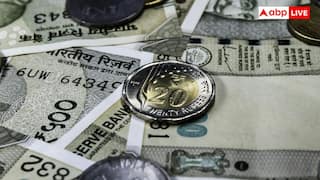RBI Approves UPI Credit Card Linking: Know The Benefits, Charges And Rules
Till now only debit cards connected to savings bank accounts and current accounts were allowed to link with UPI.

The Reserve Bank of India Governor Shaktikanta Das has given a go-ahead to integration between Unified Payments Interface (UPI) and credit cards, thus, giving users the option to transact online. The move to link UPI with credit cards is completely new and till now only debit cards connected to savings bank accounts and current accounts were allowed to link with UPI. According to the RBI governor, the central bank will start this facility with RuPay Indian credit card.
To begin with, Rupay credit cards will be linked to the UPI platform and this will provide additional convenience to users and enhance the scope of digital payments, Das was quoted as saying.
How linking UPI with credit cards will benefit users?
Currently, transacting via UPI is free and users can make UPI payments through bank accounts as well as debit cards. However, credit card firms depend on the merchant discount rate (MDR) that is charged on every usage for making merchant payments as a revenue option. Following the RBI announcement, users can also link their credit cards to the widely used UPI apps such as Google Pay, PhonePe, Paytm and others. Also, with this move, the country's central bank has opened the UPI transactions through credit facility.
The RBI is not charging yet for linking credit cards for UPI payments. However, the banks may charge a small fee for it.
“… the basic objective of linking credit cards to UPI is to provide a customer (with) a wider choice of payments. Currently, UPI is linked through debit cards to savings accounts or current accounts,” Reserve Bank Deputy Governor T Rabi Sankar was quoted as saying by news agency PTI.
Since its introduction in 2016, the UPI network has processed over 5.9 billion transactions, which stood at 21 million during the same period five years ago.
Related Video
Apple creates a new record in iPhone sales after launch of iPhone 16 | ABP Paisa Live





































